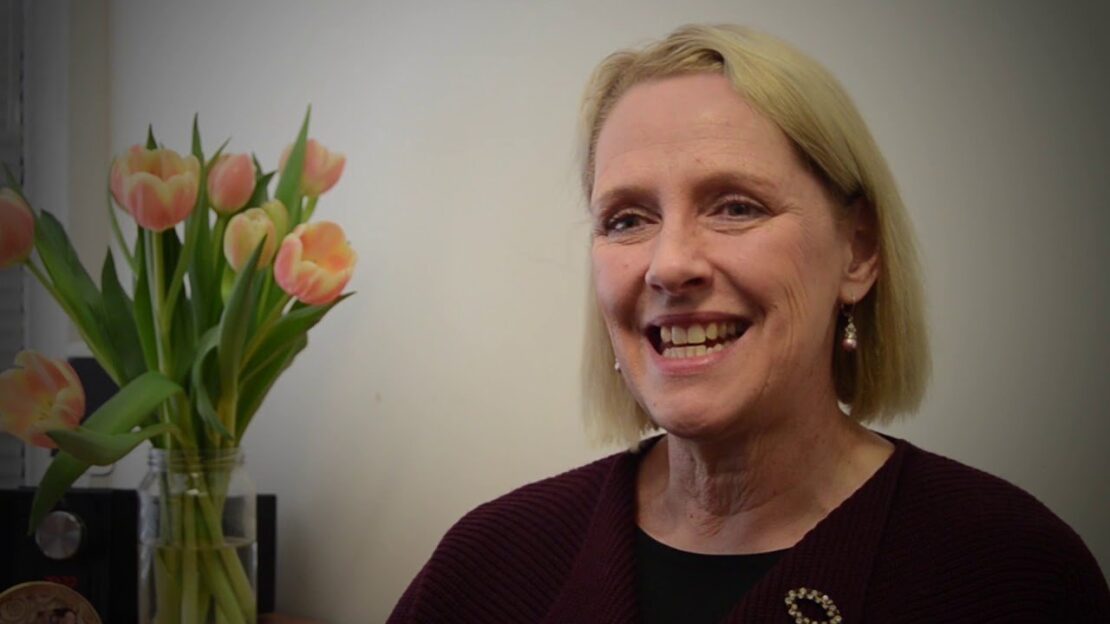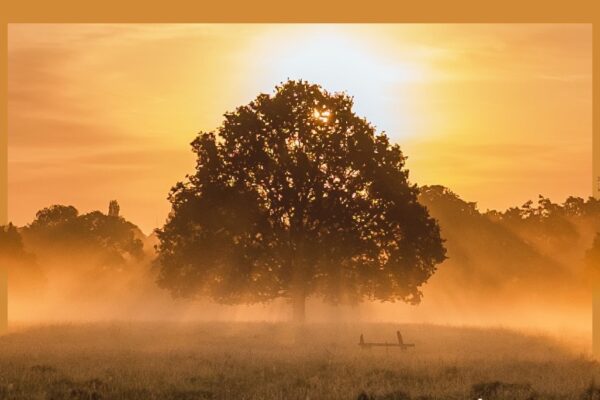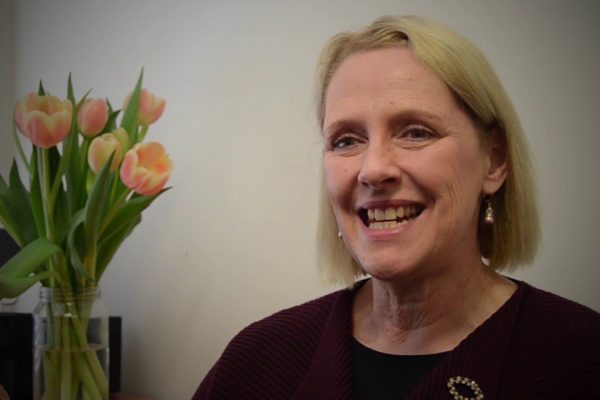Along with many Australians, I have had the privilege of visiting the Gallipoli peninsula. Prior to leaving for Turkey, I had heard stories about how moving it was to visit Anzac Cove, but I did not expect it to be the powerful experience it was.
Firstly, the number of memorial stones is humbling and overwhelming. With the sea and the cliffs as the backdrop the headstones are positioned in an orderly fashion on a manicured lawned area. A way bringing order to chaos, I thought. And there are just so many of them. Then, in walking amongst the memorials there is the tragically sad realization that those who died were so very, very young. The spirits of all those heart-broken parents and devastated family members and friends see to be encircling each of the headstones. Walk a little distance away and it is possible to still see the trenches where the soldiers fought against each other. How close they were! Humanity facing humanity transformed by forces beyond their control into enemy versus enemy. And there is the sobering realization, when watching the presentation that is offered as part of the war memorial experience, that we were the invading force. A good reminder of what is it like from the other side. And the overall impression is of a quiet and orderliness. A sense of peace reigns where stories and memories and suffering have found a resting place.
This year a new experience of war frames Anzac Day. And I wonder, in years to come, what the memories of this time will be for the Ukrainians and Russians – both countries experiencing the horror of destruction, death and loss – albeit in different ways. There is a bleakness about this new war story though, I think. The daily reports of death and the images of destruction are overwhelming. We have been united in praying for peace and we may wonder whether it is making any difference. We may be filled with doubt about the capacity of the human condition to remake itself again. We may wonder how, in this clever, fast-paced world, we have once again resorted to mortal combat. Peace seems impossible.
And into this experience comes the reading for this second Sunday of Easter. It explores one of the early stories of the resurrected Jesus’ appearance to the disciples. The disciples are gathered in fear in a locked room – a different sort of tomb, perhaps. The resurrected Jesus comes into their midst with the words “Peace be with you.” (John 20:19) An appearance that breaks through despite a locked room, and in spite of fear. The disciples, understandably, rejoice and Jesus, after showing his wounds, continues:
“Peace be with you. As the Father has sent me, so I send you.” And when he said this, he breathed on them and said to them, “Receive the Holy Spirit. Whose sins you forgive are forgiven them, and whose sins you retain are retained.” (John 20: 21-23)
If we had not heard this story before we would think that all was well! An appearance despite a locked door, the breath of the spirit, words of peace from the one who was so loved and thought lost. But no, we read that a week later the disciples are again gathered in fear, along with the one who needs certainty, inside a room with a closed door. For the second time, Jesus appears in the midst of the fearful and the lost with the greeting of “Peace be with you”. Readers familiar with the story will recall, of course, that Thomas needed physical proof to believe that Jesus was alive. And I can’t help but wonder about the profoundness of this message for our time. This earliest message of peace from the resurrected Christ struggled to find a home in the fearful hearts of the disciples. How do we make peace tangible, I wonder? And we know from our own experience that there will be many hearts into which Jesus’ message of peace will struggle to break through.
In his Easter Vigil homily, Pope Francis encouraged us to hear Jesus’ words of peace anew:
“Let us awaken from our peaceful slumber and let him disturb and inconvenience us. Let us bring him into our everyday lives: through gestures of peace in these days marked by the horrors of war, through acts of reconciliation amid broken relationships, acts of compassion towards those in need, acts of justice amid situations of inequality and of truth in the midst of lies. And above all, through works of love and fraternity.”
We all long for peace. Peace of heart, peace in our families and communities, peace in our world. Amid heart-stopping grief at the death of a loved one we draw comfort from the thought that they are now at peace – no more worldly distress for them. And from time to time we all need to retreat to our own little tombs, pull the covers up, lock the doors and recover our spirits. And then, eventually, the spirit of peace breaks through in the form of kindness and love.
So, on Monday when we remember those who suffered and died in war, when we pray for those who are suffering and dying in war, let us also be confident that the peace of Jesus can break into the most fearful of situations and the hardest of hearts. And that’s because we know that the Jesus of Easter has risen from dead and will, when the time is right, bring peace to all who need it.
And perhaps when it is hard to think kindly of another this ancient blessing might help:
May you be filled with loving kindness.
May you be well.
May you be peaceful and at ease.
May you be happy.
May the peace of Christ fill all hearts.
Cathy Jenkins




Comments
Anna McGee
Beautiful words of hope in our broken world.Thank you Cathy.
Add Comment